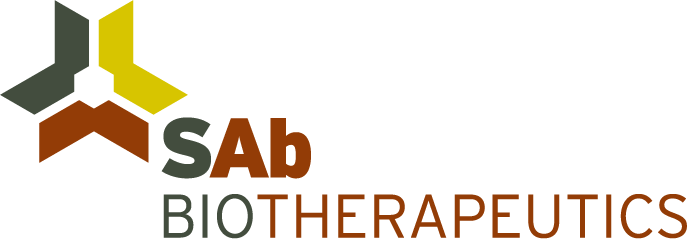Company Profile
SAB Biotherapeutics is a clinical-stage biopharmaceutical company focused on developing fully human, multi-targeted, high-potency immunoglobulins (IgGs), without the need for human donors or convalescent plasma, to treat and prevent immune and autoimmune disorders. The company’s lead asset, SAB-142, targets Type-1 diabetes (T1D) with a disease-modifying therapeutic approach that aims at changing the treatment paradigm by delaying onset and potentially preventing disease progression.
The company also has clinical-stage assets to treat infectious diseases that have significant mortality and morbidity in the general population and in high-risk patients. To date, SAB has conducted seven clinical trials, including Phase 1, Phase 2, and Phase 3, totaling more than 700 individuals dosed with its proprietary hIgGs. SAB recently received Fast Track Designation and Breakthrough Therapy Designation from the U.S. Food and Drug Administration for SAB-176, which targets multiple strains of influenza, based upon positive clinical data from a Phase 2a trial.

